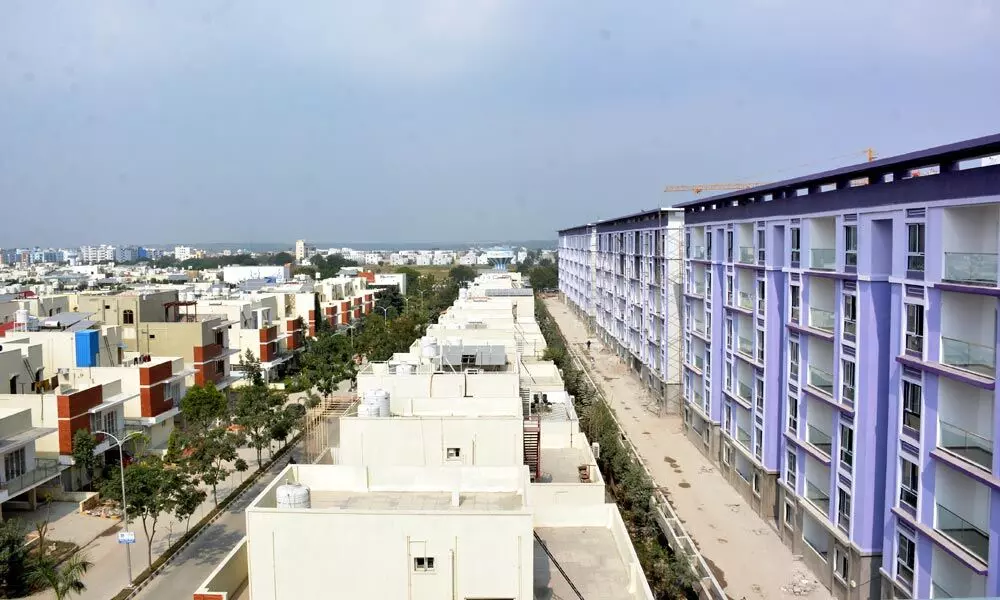VMRDA master plan to focus on zonal regulation
Has projected an investment of Rs 90,000 crore in public transit-led urban infrastructure, Rs 17,500 crore in power supply, Rs 30,000 crore in transmission and distribution network, Rs 4,536 crore in water supply and Rs 5,935 crore in sewage system
image for illustrative purpose

Visakhapatnam: Learning a lesson from the past, the Visakhapatnam Metropolitan Region Development Authority (VMRDA) has decided to focus on ensuring zonal regulation to combat haphazard growth as the population is expected to go up to 6.72 million by 2041. Visakhapatnam is also proposed to be developed as the executive capital by the State Government.
The master plan has mooted 11 policy zones with theme based clusters to ensure planned development. Decentralised and balanced development with emphasis on promoting sustainable tourism without causing any damage to reserve forests and architecturally protected sites and affordable housing in the suburbs are identified as thrust areas.
After considering the objections and suggestions received from the public, VMRDA has announced the enforcement of the master plan for 2041 and prospective plan for 2051. VMRDA was formed in 2018 abolishing Visakhapatnam Urban Development Authority (VUDA) by extending its jurisdiction to 6,836 square km.
To decongest urban areas, the master plan has envisaged development of integrated satellite townships in Vizianagaram, Anakapalle, Nakkapalli, Bheemunipatnam and other areas. Three-phase development of metropolitan corridor connecting Anakapalle to the proposed Bhogapuram International Airport, as per the master plan, should be extended to Atchutapuram, where Special Economic Zones, Naval Alternate Operational Base and Bhabha Atomic Research Centre's new facility are located. This will facilitate connectivity to several industrial clusters like Brandix India Apparel City (BIAC), Jawaharlal Nehru Pharma City (JNPC) and the plant set up by Asian Paints.
BRTS development is another area of priority. The master plan has earmarked 33 percent of area for urbanization leaving 43 percent for agriculture and 23 percent for environmentally sensitive areas. A senior official of VMRDA told Bizz Buzz that they have laid emphasis on improving road connectivity and mass transport facility in the suburban areas, where there is a lot of growth potential in the future.

